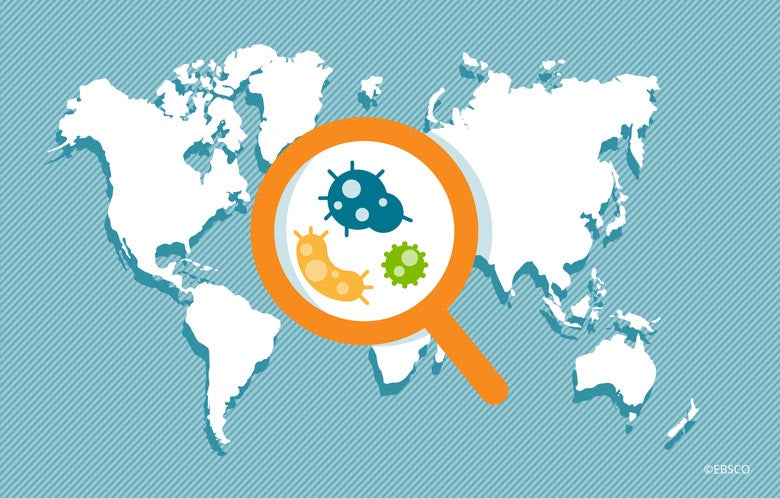As the COVID-19 pandemic continues to spread around the world, it has become clear that certain individuals are at increased risk for severe disease. Adults 65 years and older, people living in long-term care facilities and patients with pre-existing conditions including lung disease, asthma, heart disease, severe obesity, diabetes, chronic kidney disease, liver disease and people who are immunocompromised are at greatest risk.
These high-risk conditions are often managed by specialists with years of training and experience. However, they are unlikely to be Infectious Disease physicians unless the underlying condition is infectious, such as HIV. Therefore, during a global pandemic, specialty physicians require guidance specific to their patient populations in order to adequately balance the risk of exposure to SARS-CoV-2 with the harms of withholding or delaying care. Due to this need, medical specialty associations have begun developing interim guidance and DynaMed has expanded its portfolio of open-access COVID-19 topics.
COVID-19 and Cancer Patients
Cancer patients receiving chemotherapy or radiation therapy and patients with blood or bone marrow malignancies are at high risk for severe COVID-19. Management decisions for cancer patients depend on many variables including the status of the malignancy, how necessary immediate treatment is, the ability to alter therapy, and availability of healthcare resources. In general, using telemedicine, limiting visits to oncology practices, and transitioning to outpatient care is advised, if possible. Specific guidance for chemotherapy patients, bone marrow and stem cell transplantation recipients, surgical patients, and radiation therapy patients can be found in DynaMed.
COVID-19 and Pregnancy
While respiratory illness during pregnancy may be associated with risk of adverse outcomes, it is currently unknown if pregnant women have more severe disease as a result of COVID-19. Routine prenatal care is generally advised, though women who meet the criteria for self-isolation should delay their appointment by 14 days. Additionally, obstetric units may consider screening for COVID-19 prior to in-person appointments, conducting some patient assessments via phone or telehealth, and alternative prenatal care schedules — including spacing out appointments to reduce the number of in-patient visits. Postponing nonemergent gynecological or well-woman appointments may also help to reduce the number of patients in the office at one time. Guidance on fetal surveillance, labor and delivery, and postpartum management of pregnant women with confirmed or suspected COVID-19 are described in DynaMed.
COVID-19 and Chronic Kidney Disease (CKD) or End-stage Renal Disease (ESRD)
Patients with chronic kidney disease including those with decreased kidney function, receiving dialysis, or living with a kidney transplant are at increased risk for severe COVID-19. Kidney abnormalities such as proteinuria, hematuria and elevated serum creatinine are also associated with greater risk of death. Strategies to reduce exposure and spread of SARS-CoV-2 in dialysis facilities have been proposed by the U.S. Centers for Disease Control and Prevention (CDC) and the European Dialysis Working Group (EUDIAL). Considerations for patients with CKD or ESRD during the COVID-19 pandemic can be found in DynaMed.
In addition to each of these new open-access DynaMed topics, COVID-19 in Special Populations is an overview that contains additional high-risk patient categories. More patient groups will be added as studies are published and guidance from professional specialty organizations become available.



